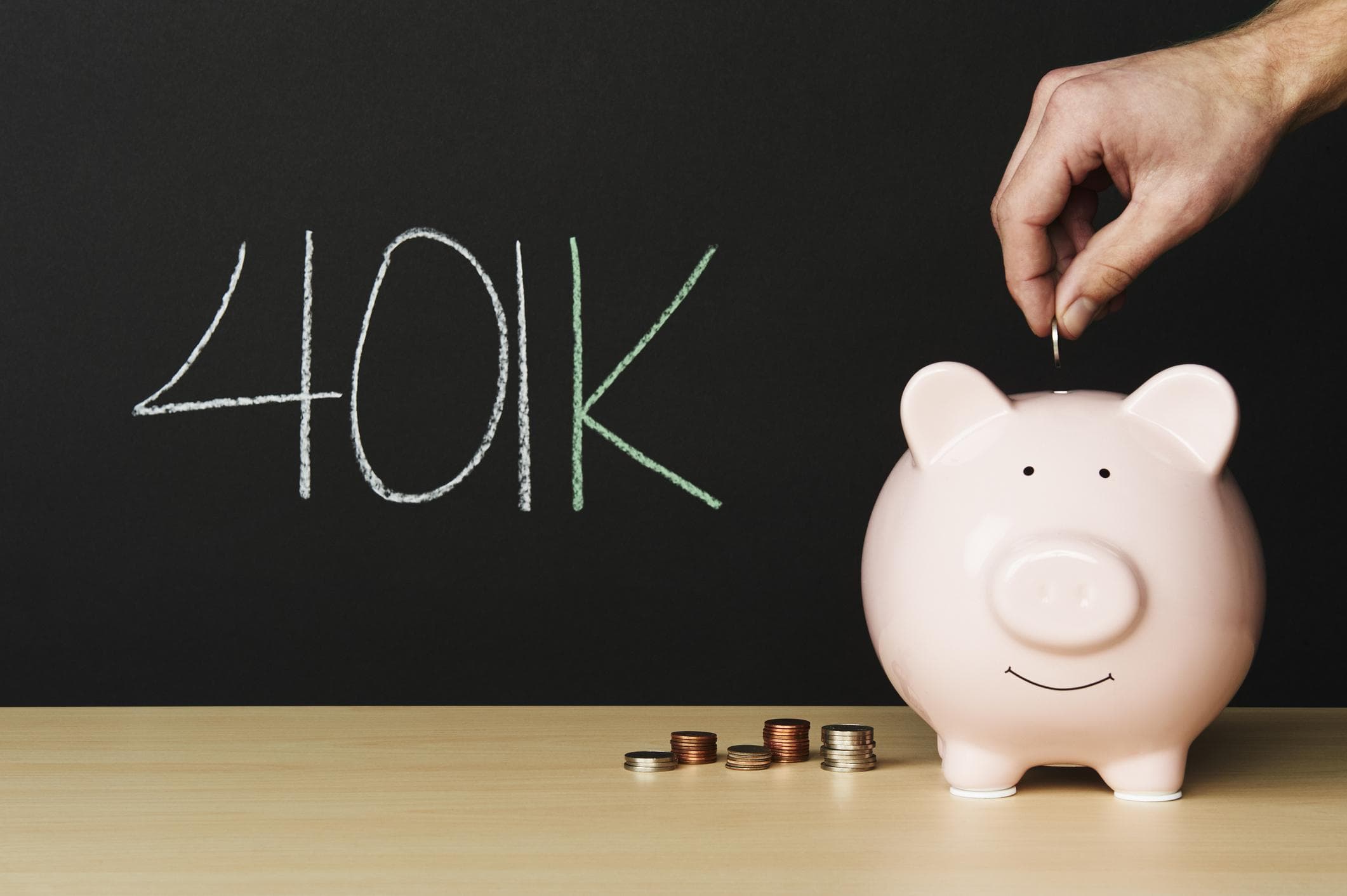While there’s nothing wrong with dreaming big about retirement, it’s important to remember that how you think about retirement is likely to change over time. No matter how your circumstances change, you’re likely to have four different phases of retirement.
Phase One
The first phase is the pre-retirement phase. This phase kicks off roughly a decade before you punch the time clock for the final time. While financial services professionals generally urge you to begin saving for retirement as soon as you get your first paycheck, that money will typically be set aside and left alone to hopefully grow.
However, once you roll into your 50s and your pre-retirement clock begins ticking, it’s time to actively start planning out your preferred retirement.
Perhaps the best first step in the pre-retirement phase is to simply define what your goals are and what you want your post-work lifestyle to be. If you have a spouse or partner, make sure you sit down together to see where your goals line up and how you can compromise on some of the areas where your goals differ.
Phase Two
Phase two is the early years of your retirement. For a lot of folks, this phase tends to be expensive because your health and energy are both likely to be good. And when you combine that with your general excitement at finally being retired, well, that could mean lots of travel and other adventures.
But travel and adventures cost money. And, if you aren’t careful, that pot of saved money you worked so hard for can begin to dwindle faster than you anticipated.
To that end, a part-time job after your retirement may be something to consider. The extra money you bring in could help you fund some of those adventures, but it’s more than that. It’s getting out of the house and engaging with the world. And remember, you don’t have to just take any old job. You could work part-time at the local zoo or an arts organization.
Phase two is also a good time to consider your current living arrangements. According to the Kiplinger article, The 4 Phases of Retirement, about 40% of retirees move after they stop working. Is it time to downsize? Do you have family you want to be closer to? This is a good point to consider some of those questions.
Phase Three
Phase three is your middle retirement and may be the most expensive phase. This phase begins roughly 10 years into retirement, at which point you’re likely traveling less and spending more time around home.
This is also the phase when healthcare expenses can begin to tick up if you require more medical appointments and treatment. Many folks in retirement’s third stage also find themselves with medical expenses like equipment and medically necessary upgrades to their homes.
Some of those additional medical services and equipment can come with plenty of sticker shock and may fall outside the scope of Medicare.
Phase Four
The fourth phase of retirement is your later years. During this stage, it’s very possible that healthcare will be your most significant expense.
In phase four, long-term care insurance may help you — and your money — withstand the financial tidal wave that comes with things like nursing homes, assisted living, and home healthcare services. And again, you shouldn’t plan that Medicare will cover all of these types of services. Medicare may help with some of those services but in other cases Medicare won’t help at all.
Source
https://www.kiplinger.com/retirement/604089/the-4-phases-of-retirement




